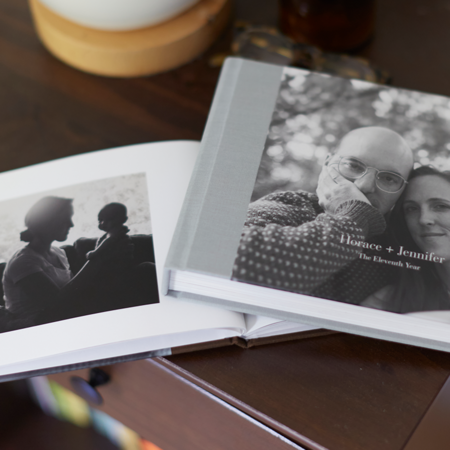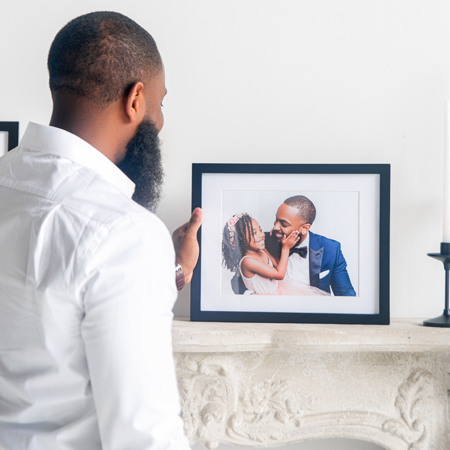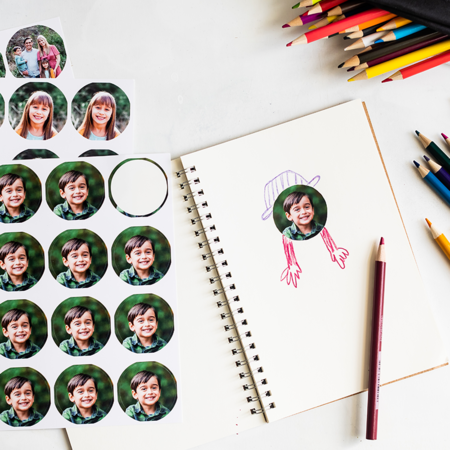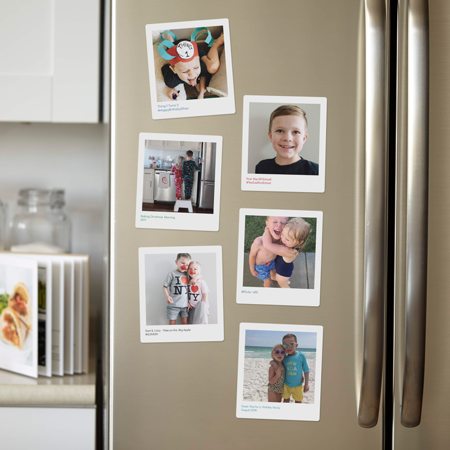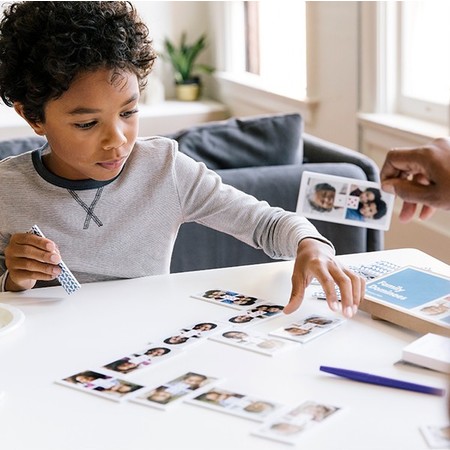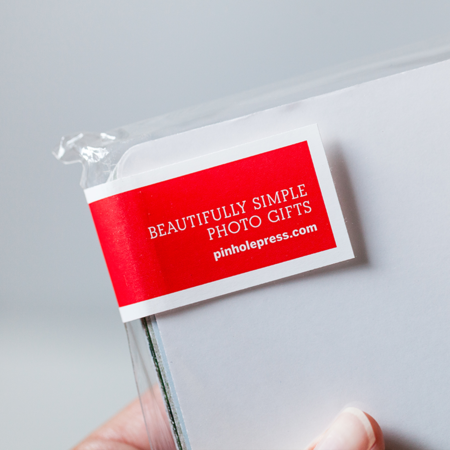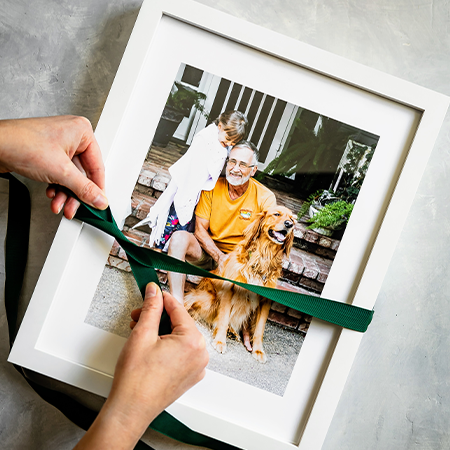I take a lot of photos for our blog, Yellow Brick Home. A lot. Alongside my husband, Scott, we document the ins and outs of renovating our almost 130-year-old house in Chicago, and we spend just as much time getting our DIY hands dirty as I do snapping the shutter on my camera to share the process with our friends and family. Luckily, I not only have a degree in photography, but I have an immense love for it, too, ever since my first experience in a darkroom.

All that to say, a question I hear often is this: What can I do to make my photos better?
When it comes to interior photography (my number one subject matter!), I’m happy to say that there are a few steps requiring very little effort that will take your snapshots to the next level. Whether you’re looking to share your latest living room makeover, bathroom renovation or newly tiled laundry room, here are three things that will have you taking better interior photos right now.
DUST OFF YOUR TRIPOD AND USE IT.
Tripods come in especially handy for low-lit rooms, but I use my tripod even in the brightest spaces. A tripod will not only allow you to shoot at a lower shutter speed for a clear, concise photo, but it will also force you to carefully set up your shot. I shoot all of my photos in manual mode, something I recommend as a way to better understand your camera, and in lower light situations, this goes hand-in-hand with my tripod. If this scares you, I encourage you to give your manual setting a workout by simply playing with those dials; take a photo, adjust your controls and keep shooting. For extra credit, check out Ken Rockwell tutorials – he takes the fear out of your camera.


GET LOW.
If someone asks you to take a photo of them, how do you do it? Typically, you’d take a few steps back, look through the lens and shoot. In interior photography, however, get low. More often than not, your home’s furnishings don’t stand as tall as you do! Standing tall at your own height and shooting downward on a room is the easiest way to make furniture look small and awkward, so set your tripod to a level that will have you crouching to look through the viewfinder. The photos below were taken at torso/chest height (and I’m 5’4”), which allow your eyes to flow across the room. Now, you’re taking in those small details along the way. You’re no longer staring down at the stuff on my coffee table, no, you’re seeing the furniture that makes the space – everything from the artwork on the walls to the pillows on the couch to our adorable napping kitty.
TAKE 1 MINUTE TO REMOVE CLUTTER AND SET THE STAGE.
Your camera is secure on the tripod and you’ve gotten it into a position that’s below eye level. Now what? I encourage you to look through that viewfinder and scan through the details that make up your room. Could your pillows use a fluffing? Can you take away those hand-me-down coasters? Force yourself to crop and edit within the frame! If your end table would look better floating away from the wall, do it. Sometimes what looks stunning in person can get lost in translation on film, so to speak.
These three easy steps are not only effective at producing better interior shots, but they’re things you can do right now that’ll cost you nothing more than a moment of patience and, maybe, a tripod. (And if you don’t own a tripod, $20-30 will go far!) I’ll be back soon with a peek into my camera bag, how I use the small amount of equipment I have, and what a difference those lenses can make. Until then, happy shooting!
